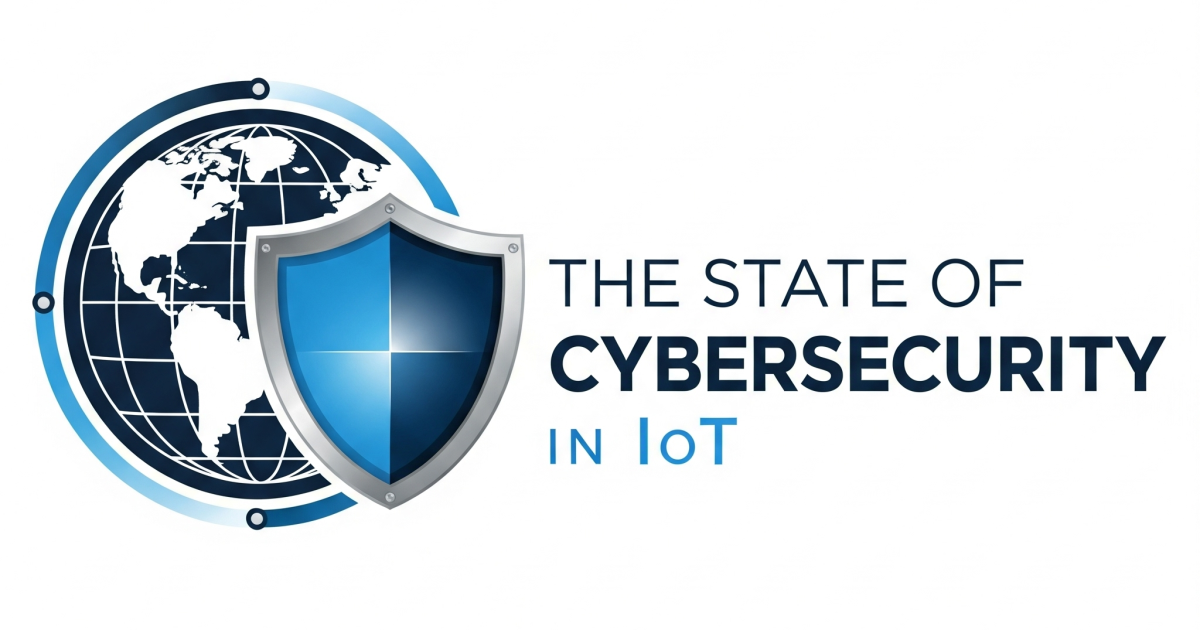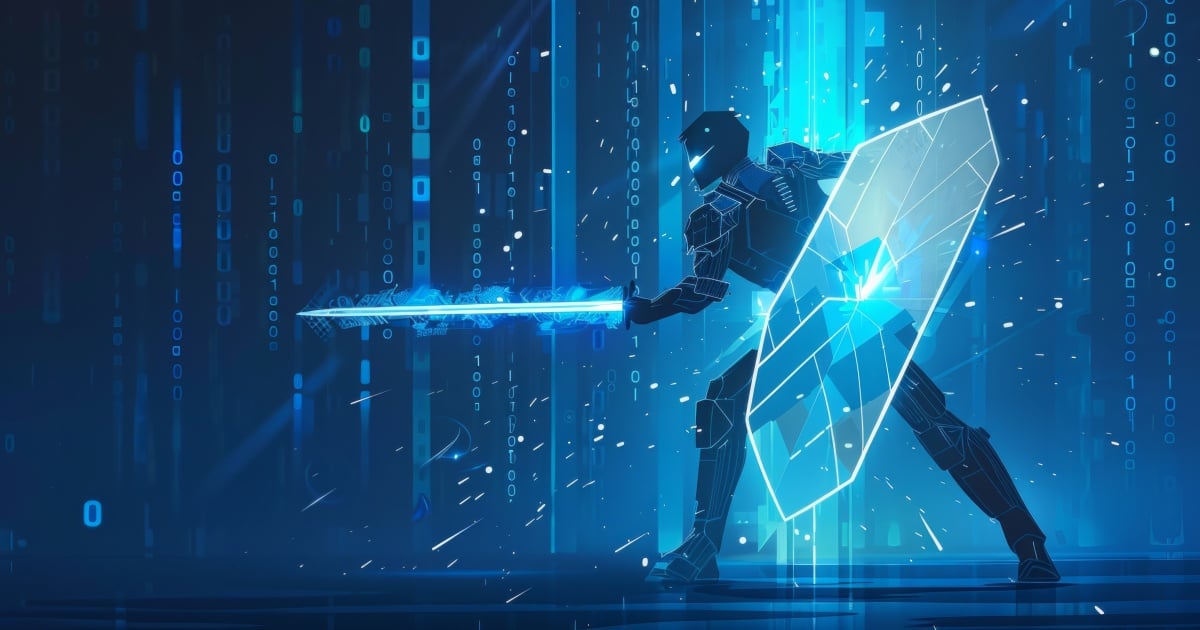
IoT technology and its associated devices are continuing to grow, but they are growing differently, at the edge and in the cloud. According to recent research, the enterprise IoT market grew 21.5 percent to $201 billion by the end of 2022. Furthermore, with the world continuing to become more digital with every passing day, experts are expecting future growth at a CAGR of 19.7 percent, bringing the estimated market value to $483 billion by 2027.
Many enterprises leverage their IoT technology via an IoT solution from a third-party provider, as the devices and applications in play can be extremely complex to implement and leverage correctly. Unfortunately, this trend will have to shift soon, as several large providers, such as Google, IBM, and SAP, are abandoning their IoT software offerings, requiring thousands of companies to rework their IoT solutions and drastically reshaping the IoT landscape.
“The sudden elimination of large-provider IoT solutions has left enterprises with two main options,” according to Eric Simone, IoT pioneer, and co-founder and CEO of ClearBlade, an IoT platform and Edge AI software company that enables enterprises to rapidly engineer and run secure, real-time, scalable IoT applications. “They can either buy a new IoT core from a different third-party provider or try to build their own IoT core from the ground up. This dilemma is now an immediate issue for both organizations that need to leverage IoT technology and for businesses rolling out IoT solutions. They now need to rethink their strategies as the IoT and Industrial IoT industries evolve.”
Both options hold their own potential benefits and challenges.
“For instance, those deciding to go down the self-build route must budget for plenty of time and money, as the average build time for an IoT core could last anywhere from a year to two or more,” Simone explained. ”Enterprises that choose this will have to design, build, test, and maintain each part of the IoT stack, including UX and UI build, database build and maintenance, access control, and security control, among other aspects. This approach is full of risk.”
While building one’s own IoT core also comes with benefits – the most prominent being full customization, which is attractive to those companies developing truly innovative IoT products and services. But, the tech they need to make it happen simply doesn’t exist yet, which is driving more projects to proven, third-party “operating systems.
“The features and technical specifications on offer from platform providers are extensive, while the plans offered can suit all types of users, from small businesses with light usage demands to large enterprises requiring enormous bandwidth and capabilities,” Simone added.
Using a proven IoT platform dramatically cuts down on development time and, therefore, the time to market. It also reduces the demands on a technical team, as once all of the IoT middleware development is removed from a build, it leaves just the embedded device development and IoT app development to complete.
“Companies that choose to build their own IoT platform are usually large enterprises that possess highly experienced and talented IoT engineers and developers,” Simone said. “These types of companies are typically looking to leverage their IoT platform as a core aspect of their business offering, often by making the IoT platform the product itself. Even so, we are starting to see demand for third-party platforms from large enterprises who have learned the hard way how hard it is to build, manage, maintain – and scale.”
Using an existing IoT core is often favored by startups and smaller businesses that are accustomed to using third-party software providers to support and enable their development. Several factors, including investment cost, maintenance, and overall in-house knowledge and expertise, are drive these smaller organizations to buy an IoT core instead of building their own.
“With large third-party providers sunsetting their IoT solutions, the time is now for organizations to make the choice to either build or buy,” Simone said. “At ClearBlade, we’ve been migrating dozens of companies from Google’s IoT core, with a process that takes just a day or two. We’ve proven that an advanced, automated, and increasingly AI-driven software platform is best run by experts and affordable when coupled with cloud infrastructure and networking services as the new IoT stack continues to shake out.”
Edited by
Erik Linask





